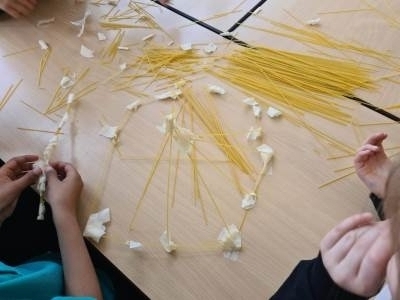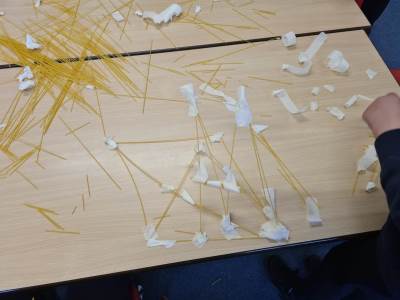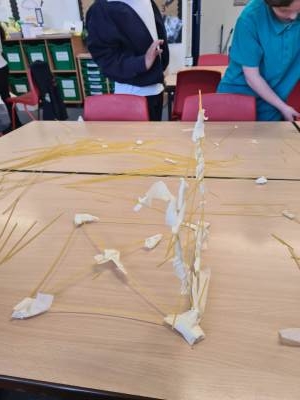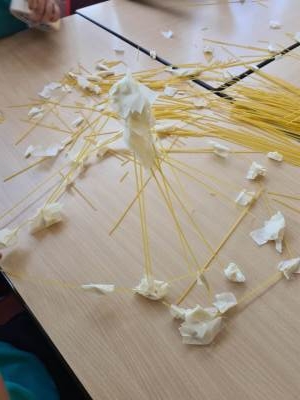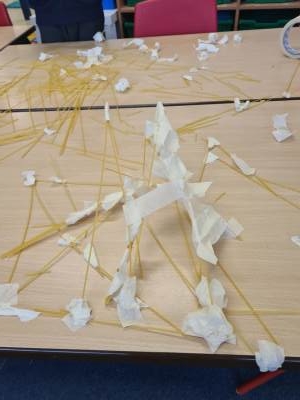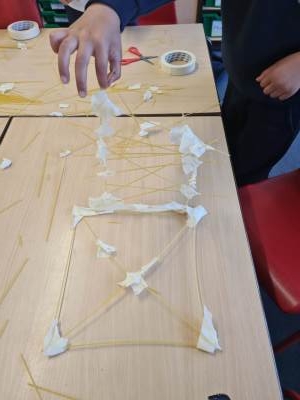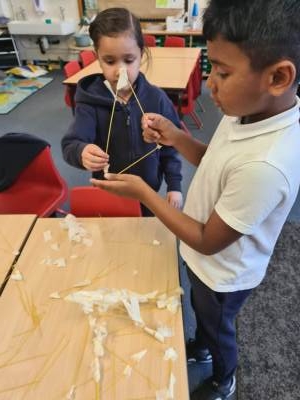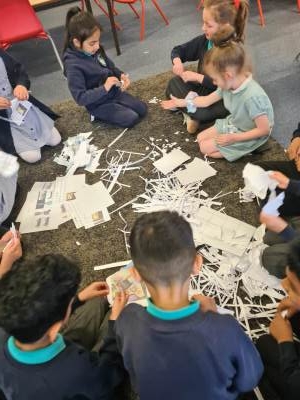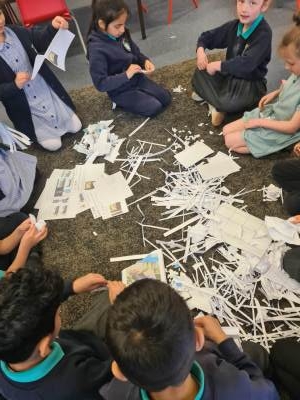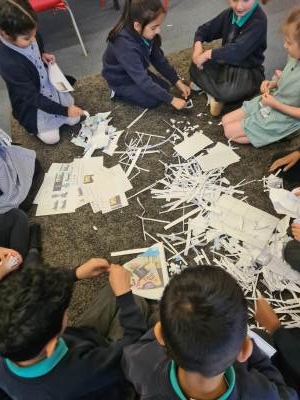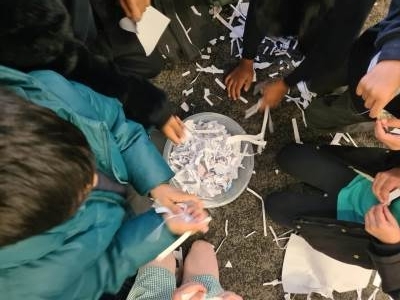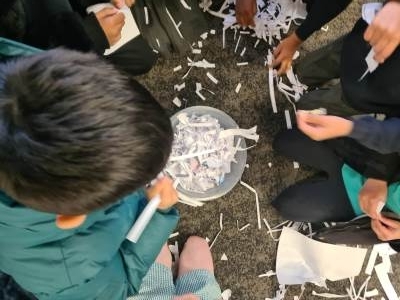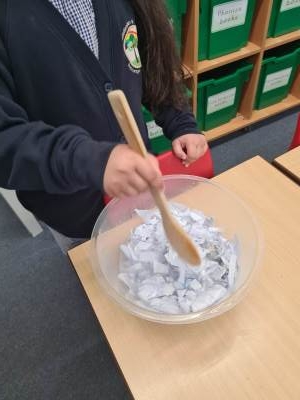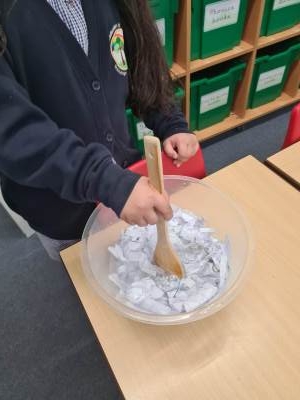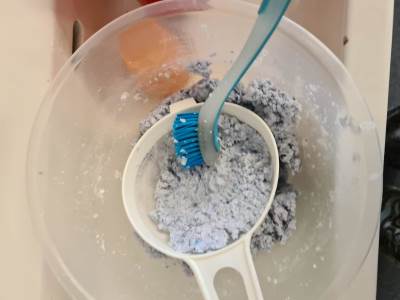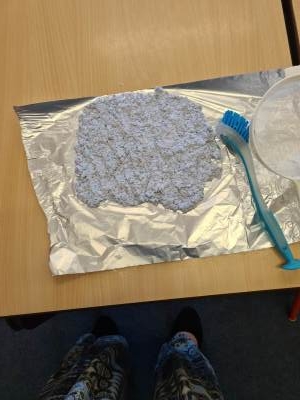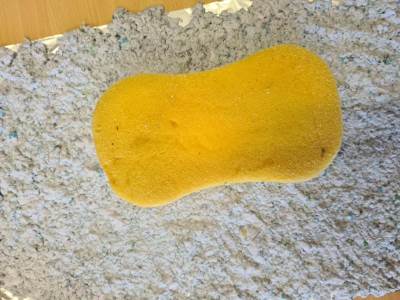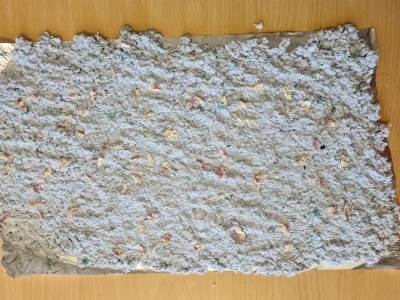Our Summer 1 Journey
This term our big question is, 'I wonder why Saltaire was built?' and our unit will have a History focus. We will be finding out about a significant historical event, person and place in our locality. Our enquiries will include why Titus Salt chose the site to build a mill, what was made in the mill, what were working conditions like, how Saltaire in the past compares to Saltaire as we know it today, what the people living in Saltaire did and what the special places in Saltaire are. Children will make connections to prior learning about Florence Nightingale and will be introduced to the impact of the Industrial Revolution.
Our key text: Titus Salt and How He Built Saltaire, By Emily Parkin
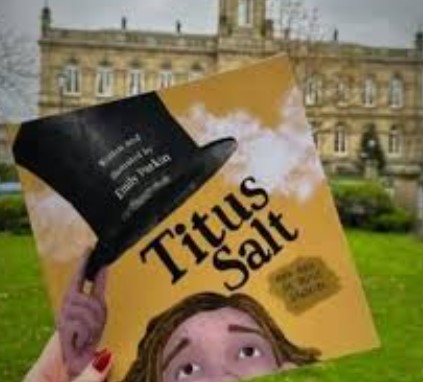
Our Curriculum Web:
Our Homework Web:
English
We have been exploring rhymes and poetry and created our own poems inspired by Emily Parkin. We learnt about similes and alliteration and had a go ourselves!
We also loved performing our poetry. The following poems by Michael Rosen were fabulous and we used this one to get warmed up. We had lots of fun with this one!
https://www.google.com/search?q=Michael+Rosen+I+went+to+the+dustbin+poem&oq=Michael+Rosen+I+went+to+the+dustbin+poem&gs_lcrp=EgRlZGdlKgYIABBFGDkyBggAEEUYOdIBCTEwMDM0ajBqMagCALACAA&sourceid=chrome&ie=UTF-8#fpstate=ive&vld=cid:1bab5dad,vid:dk6qoy93zbU,st:0
We were also lucky enough to email Emily Parkin with some questions! Here are her responses:
- How many books have you published?
- When did you start writing 'Titus Salt'? I started writing the book in 2019 and it was published in 2023, so it was a very long process. There were times when I wanted to give up because it was taking so long, but I'm glad I persevered with it!
- Why did you want to become a writer and illustrator? My dad and Uncle were both writers. Our house, when I was growing up, was more like a library...every spare bit of wall had a book shelf on it. So there was a lot of reading going on, and if me, or my siblings, were ever stuck for something to do, our dad would give us a starting point (a character or a setting), and tell us to write a story or a poem about it. But art has always been my passion, so the illustrations were very important to me.
- I love the alpacas, what gave you the idea to make them speak? I'm glad you love the alpacas, I do too! In fact I love real alpacas as well. They have such lovely and thoughtful faces. I have a pet cat and I talk to her every day...do you have a pet you talk to? I sometimes imagine her responses as well, so I thought that maybe Titus Salt talked to his pet alpacas, and maybe he imagined their responses.
- How long did it take you to write 'Titus Salt'? Four years. I had images in my mind of how I wanted each section of the book to look like, but it took a long time to get it all down and edited into the book. I worked alongside the Saltaire World Heritage Education Association to ensure that I got the facts correct.
- Why did you choose to write a book about Sir Titus Salt? Did you like history at school? I loved history in school. My favourite things were art lessons and visiting museums, so I have combined two of my favourite things in the book.
- I love your illustrations, they're beautiful! Thank you! I made them as a collage first. Then the collages were photographed so that I could transfer the image onto a digital editing program where I added some of the detail such as smoke coming from the chimneys.
- How did you become a writer and illustrator? Anyone can become a writer and/or illustrator. I wrote my first book when I was 8 or 9. You should have a go if you have ideas for a story. My advice is to keep going. Everytime you write or draw, you get better and better, so don't give up!
We are so grateful to Emily Parkin, thank you so so much!
Maths
//www.youtube.com/embed/TzlR77WkZXM#t=0.5
Geography/History/Art
In Geography, we have been using our locational knowledge to locate Saltaire on a map and identified it is a part of West Yorkshire.
We also compared Saltaire to Keighley and many of us shared our experiences of visiting. We learnt what a 'model village' is. We held a debate about Titus Salt and thought about the reasons why he built Saltaire. Did he want to improve conditions for his mill workers or was he just interested in making lots of money? We then explored the land use and buildings, looking closely at Salt's Mill, workers houses, the school, the church, the green spaces and how these were all built with a purpose. Thinking about environmental geography, we compared Saltaire's cleaner, greener environment to the dirty, industrial city of Bradford. We went back in time as historians and learnt about Sir Titus Salt as a significant individual from the past and how he influenced the world. We compared life to then and now, sequenced events and learnt that a person's actions can make a big difference.
We enjoyed learning about the textile industry and had a go at weaving and spinning wool using drop spindles made in class with a pencil and old CD's.
In Art, we created our own sketches of Salt's Mill using pencil and charcoal. We also had a go at being architects using illustrations inspired by Emily Parkin's creations.
Saltaire model Victorian town, Then and Now
Music
In Music, we linked our learning to Saltaire and how Titus Salt supported brass bands like the Hammonds Band for recreation and morale building for his workers. We listened to and appraised brass band music. We then used percussion instruments to imitate factory sounds and created our own soundscape of a working day at Salt's Mill. We performed our music and expressed thoughts and feelings. This unit helped us to understand what it would have been like to work in the mill but also how it would be different to working in a mill in Bradford.
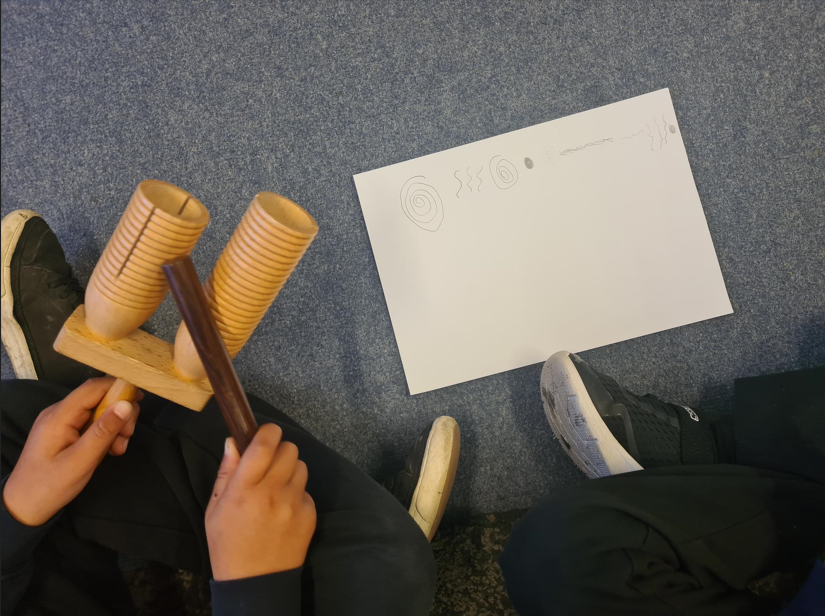
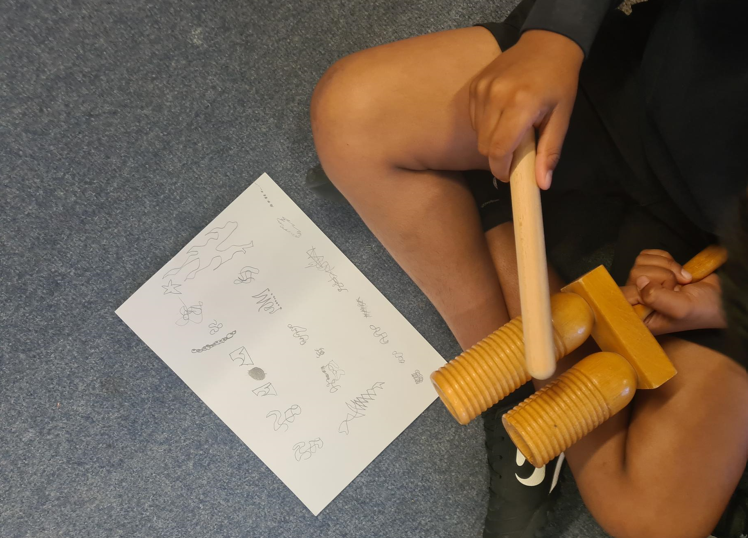
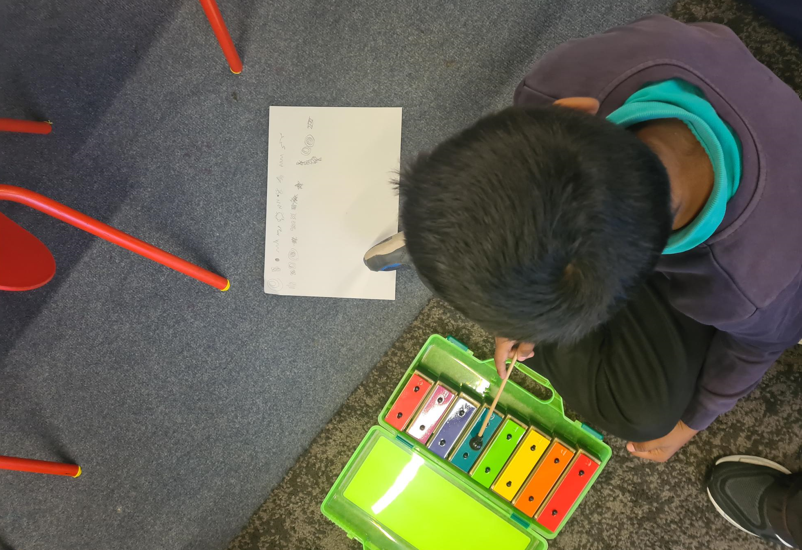
//www.youtube.com/embed/OMElgoDRXMU#t=0.5
Science
In science, we extended our learning from last half term about Uses of Everyday Materials. We joined the whole school and marked Global Earth Day to learn about and help protect the environment. We learnt about what recycling is, why it is important and how we can help at school and at home. We even made our own recycled paper!
//www.youtube.com/embed/SSIVXZrWMK4#t=0.5
//www.youtube.com/embed/wVIyhgZI-X0#t=0.5
Linking our learning to Salt's Mill and what we learnt about Mawson and Lockwood (the architects who designed Saltaire), we had a go at a STEM challenge and built spaghetti towers. We had to build the strongest structure using dry spaghetti and tape. We learnt to plan, test, fail and improve using teamwork and engineering principles. We thought about which shapes are the strongest, triangles vs. squares and thought about balance, stability and weight distribution. We then measured the heights of our towers using rulers. We really wished we could build our own model village using dry spaghetti but we didn't have time!
spaghetti structures
recycling paper


